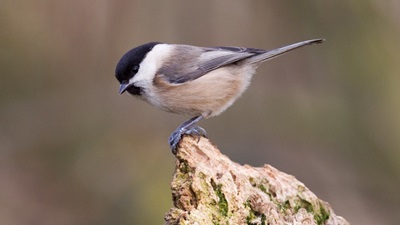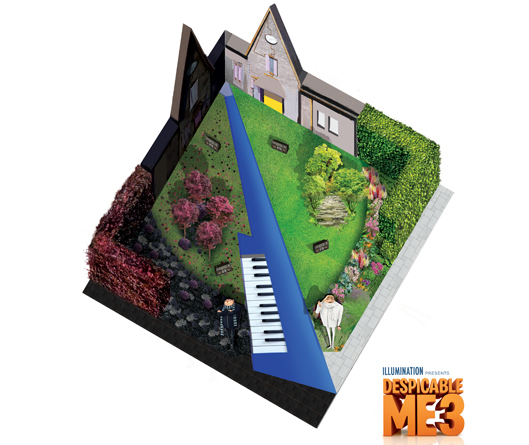
If you go down to the woods today, you could be in for a surprise – as there may not be as much nature to enjoy as you thought! Woodlands provide important natural habitats for a wide variety of native species, including numerous species of woodland birds, amphibians, bats, insects, squirrels, and many wildflower species, such as bluebells, wood anemones, and primroses.

Woodlands can be a refuge for plants and animals, especially for woodland specialists such as willow tits and lesser spotted woodpeckers. However, last months’ State of Nature report revealed that 60 per cent of our woodland species have decreased and 34 percent have decreased strongly over recent decades.
The willow tit used to be widespread across the UK, but its numbers have plummeted over the last three decades, and the drumming of our smallest woodpecker, the lesser spotted woodpecker, is also an increasingly rare sound in the south east and the rest of the UK. Of 262 woodland flowering plants assessed, 30 (11 per cent) are on the national Red List. Some are considered Critically Endangered, including green hound’s-tongue, which prefers open glades and rides in woodland.
Butterflies within our woodlands have declined by 43 per cent since 1990. The loss has been particularly severe for wood white and Duke of Burgundy butterflies, amongst others. Most declining species are now restricted to actively managed woodlands and habitats such as rides, glades and clearings. The declines of most woodland species are linked to changes in the structure of woodlands, due to increased grazing pressure by deer, changes to management practices and woodland ageing.
Samantha Stokes, RSPB South East spokesperson, said: “While the changes we have seen in woodlands are many and varied, their effects are often similar, in that they change woodland structure, and it is often that change in structure that is bad for wildlife.
“Lack of woodland management and the corresponding loss of structural diversity have led to declines in many priority species, including the hazel dormouse, nightingale and heath fritillary butterfly.
“Woodlands and the species they support are conserved for a number of different reasons; some conservation action is focused on priority species, while other projects are designed to benefit a wider range of wildlife through sympathetic management.”





